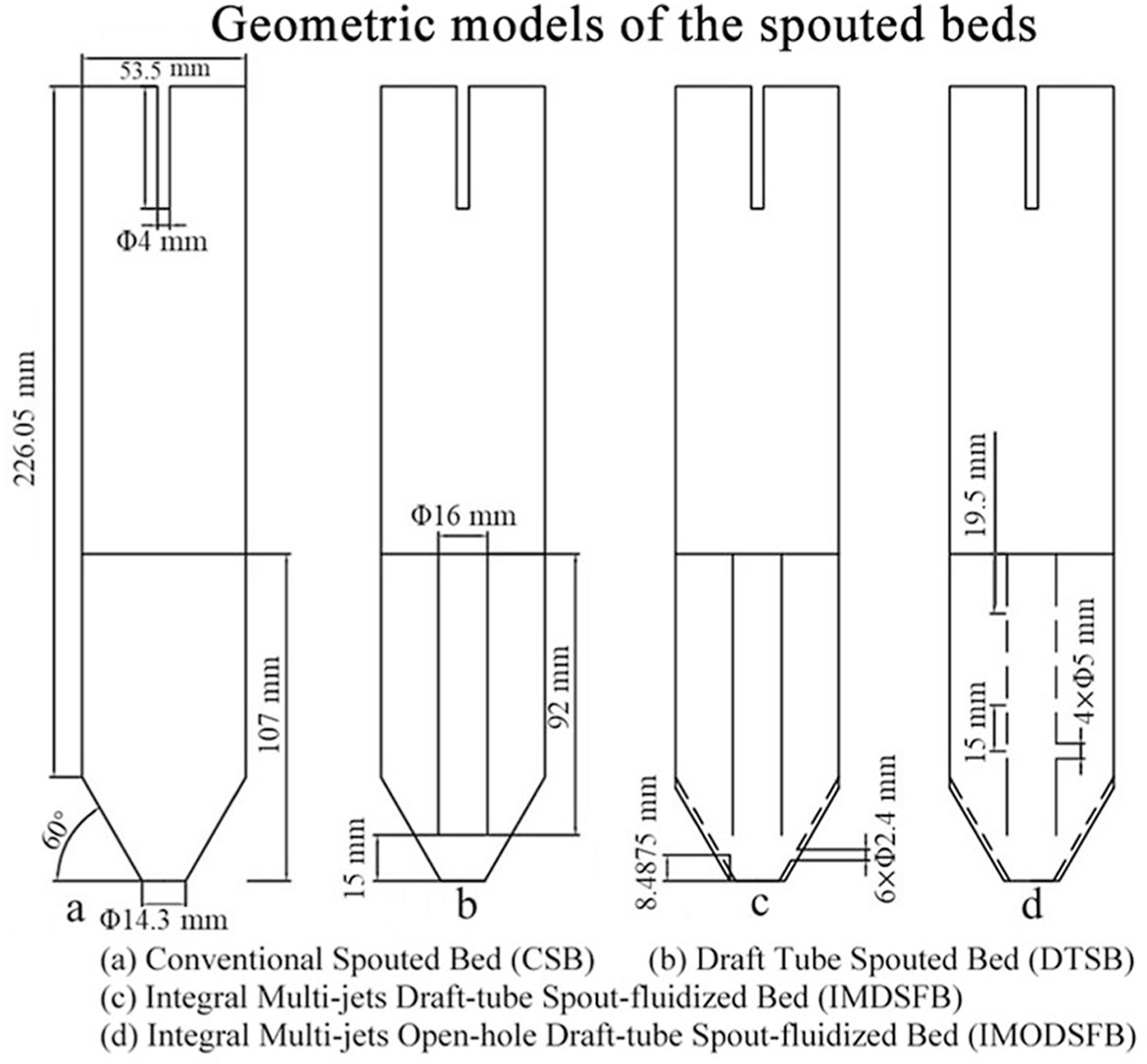- Volumes 96-107 (2025)
-
Volumes 84-95 (2024)
-
Volume 95
Pages 1-392 (December 2024)
-
Volume 94
Pages 1-400 (November 2024)
-
Volume 93
Pages 1-376 (October 2024)
-
Volume 92
Pages 1-316 (September 2024)
-
Volume 91
Pages 1-378 (August 2024)
-
Volume 90
Pages 1-580 (July 2024)
-
Volume 89
Pages 1-278 (June 2024)
-
Volume 88
Pages 1-350 (May 2024)
-
Volume 87
Pages 1-338 (April 2024)
-
Volume 86
Pages 1-312 (March 2024)
-
Volume 85
Pages 1-334 (February 2024)
-
Volume 84
Pages 1-308 (January 2024)
-
Volume 95
-
Volumes 72-83 (2023)
-
Volume 83
Pages 1-258 (December 2023)
-
Volume 82
Pages 1-204 (November 2023)
-
Volume 81
Pages 1-188 (October 2023)
-
Volume 80
Pages 1-202 (September 2023)
-
Volume 79
Pages 1-172 (August 2023)
-
Volume 78
Pages 1-146 (July 2023)
-
Volume 77
Pages 1-152 (June 2023)
-
Volume 76
Pages 1-176 (May 2023)
-
Volume 75
Pages 1-228 (April 2023)
-
Volume 74
Pages 1-200 (March 2023)
-
Volume 73
Pages 1-138 (February 2023)
-
Volume 72
Pages 1-144 (January 2023)
-
Volume 83
-
Volumes 60-71 (2022)
-
Volume 71
Pages 1-108 (December 2022)
-
Volume 70
Pages 1-106 (November 2022)
-
Volume 69
Pages 1-122 (October 2022)
-
Volume 68
Pages 1-124 (September 2022)
-
Volume 67
Pages 1-102 (August 2022)
-
Volume 66
Pages 1-112 (July 2022)
-
Volume 65
Pages 1-138 (June 2022)
-
Volume 64
Pages 1-186 (May 2022)
-
Volume 63
Pages 1-124 (April 2022)
-
Volume 62
Pages 1-104 (March 2022)
-
Volume 61
Pages 1-120 (February 2022)
-
Volume 60
Pages 1-124 (January 2022)
-
Volume 71
- Volumes 54-59 (2021)
- Volumes 48-53 (2020)
- Volumes 42-47 (2019)
- Volumes 36-41 (2018)
- Volumes 30-35 (2017)
- Volumes 24-29 (2016)
- Volumes 18-23 (2015)
- Volumes 12-17 (2014)
- Volume 11 (2013)
- Volume 10 (2012)
- Volume 9 (2011)
- Volume 8 (2010)
- Volume 7 (2009)
- Volume 6 (2008)
- Volume 5 (2007)
- Volume 4 (2006)
- Volume 3 (2005)
- Volume 2 (2004)
- Volume 1 (2003)
• New spouted beds were proposed by introducing multi-jets and draft tube.
• Internally reinforced spouted beds increased the spouting height.
• The new spouted fluidized bed reduces flow dead zone in the bed.
• Gas-solid contact is improved by internally reinforced spouted beds.
Due to the lack of gas-solid radial mixing in conventional spouted bed (CSB), particles are prone to accumulation and the formation of flow dead zones. To address the limitations of CSBs, this study, for the first time, the combination optimization of the two strengthening internal components of multi-jets and draft tube was carried out, and two new types of internal strengthening structural spouted beds were proposed: the Integral Multi-jets Draft-tube Spout-fluidized Bed (IMDSFB), and the Integral Multi-jets Open-hole Draft-tube Spout-fluidized Bed (IMODSFB). At the same time, the hydrodynamic characteristics of IMDSFB and IMODSFB are studied by numerical simulation for the first time and compared with the draft tube spouted bed (DTSB) and CSB. Results indicate that compared to CSB, the spouting heights of the DTSB, IMDSFB, and IMODSFB were enhanced by 2.92°%, 14.75°%, and 7.94°%, respectively, and the dead zone of the DTSB, IMDSFB, and IMODSFB decreased by 14°%, 1°%, and 5°%, respectively. Compared to the CSB and DTSB, the addition of novel internal components notably improved the radial velocities of both gas and particles, as well as the gas-solid slip velocity, while reducing flow dead zones within the bed. Furthermore, the gas turbulence kinetic energy in the novel spout-fluidized beds was higher, with increased fluctuations of gas velocity in the spouting region. The granular temperature in the IMDSFB and IMODSFB was higher than in the CSB and DTSB, indicating enhanced particle fluctuations within the bed. These improvements contribute to more efficient gas-solid phase interactions, thereby enhancing the overall performance of the spouted bed.

